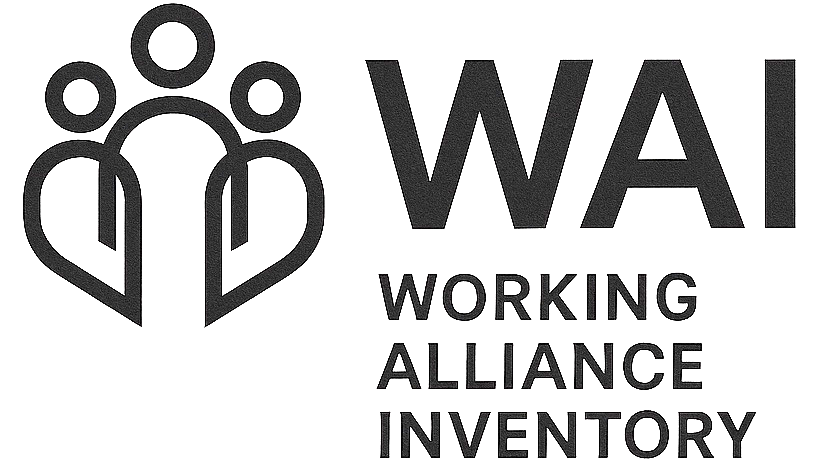The idea that a collaborative conscious "pact" between the helper and the helpee was an essential component of the helping process can be traced back to Freud's early (1912-13) ideas on the nature of the effective therapeutic relationship. His ideas were subsequently elaborated by a group of ego-analysts (e.g., Zetzel, who coined the term alliance, Greenson, and others). In the mid seventies L. Luborsky and E. Bordin broadened the psychodynamic notions of the alliance to encompass the ubiquitous element of working collaboration in all forms of helping relationships. At about the same time, the evidence that common factors are responsible for much of the healing effects in diverse forms of therapy, gained strong evidential support, and the alliance became one of the prime candidates for such generic/common factor.
The intersection of these events gave researchers a strong motive to investigate the alliance. In order to get on with this empirical research, practical ways to measure the alliance were needed; the Working Alliance Inventory (WAI) was one of the instruments developed to meet this need.
The original instrument (WAI) was developed as part of my doctoral research (Horvath, 1981). Drs. Ed Bordin, Les Greenberg and Tod Rogers have each contributed to the instruments' development at different stages. The WAI was designed for use in my own research program. However by the 1990's robust evidence was accumulating linking the alliance, as measured by the WAI, to therapy outcomes in a variety of contexts (Horvath & Symonds, 1991). The WAI has been revised subsequently, and a number of different "versions" (some of these developed by other researchers) came into existence. Some variants of the WAI met the needs of different client populations (adults, children, couples, etc) other variants were of different length, still others were modifications of wordings to address the requirements of different kinds of therapy environments. The WAI has been translated into more than 27 languages (and still counting). I post these translations and variants here, with all the material and information I have on them, for the convenience of researchers who need these translations/adaptations, but I cannot independently verify the accuracy or validity of the products of others.
Other alliance measures:
There are a large number of alliance measurements available. These instruments vary somewhat in the underlying conceptualization of the alliance, as well as the degree of evidence available to support their validity and reliability. You may want to investigate which one is best suited to your specific needs. I do not distribute these other measures; you will need to contact the authors.
